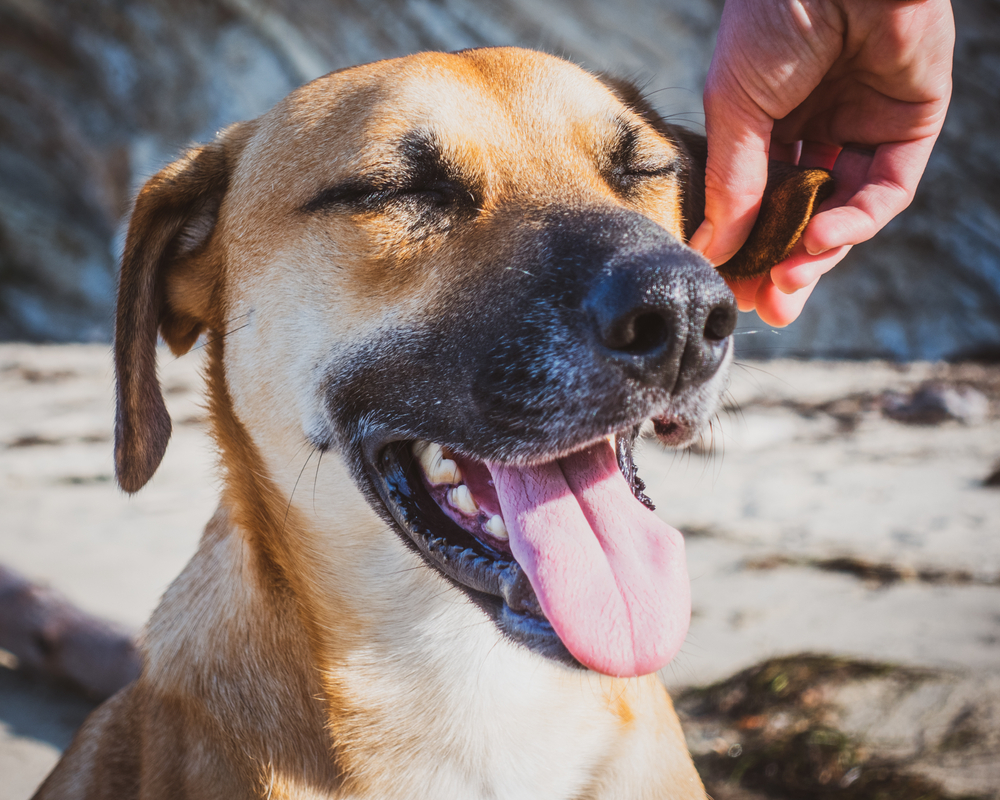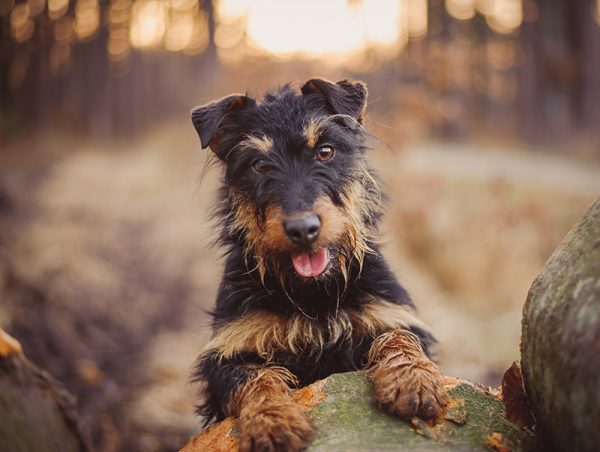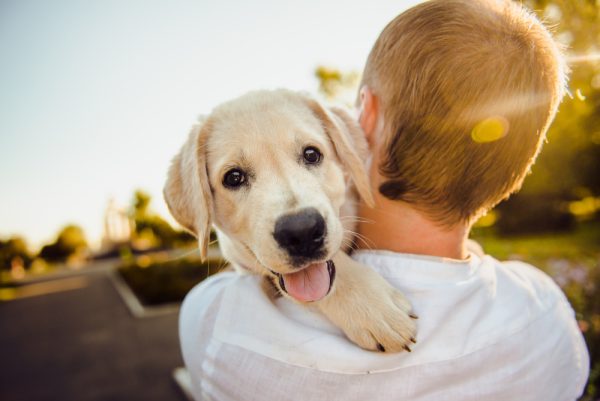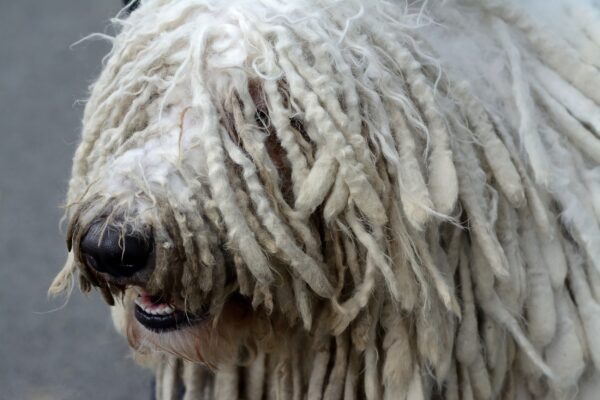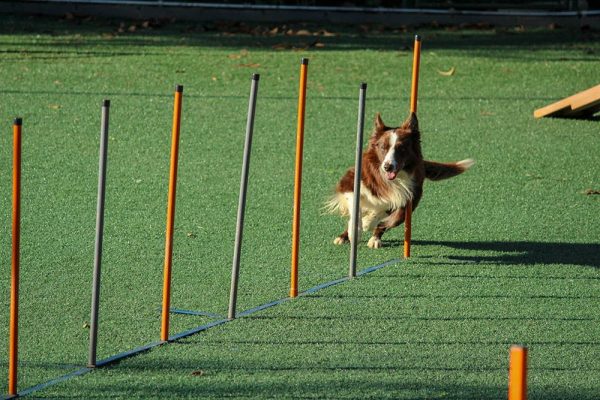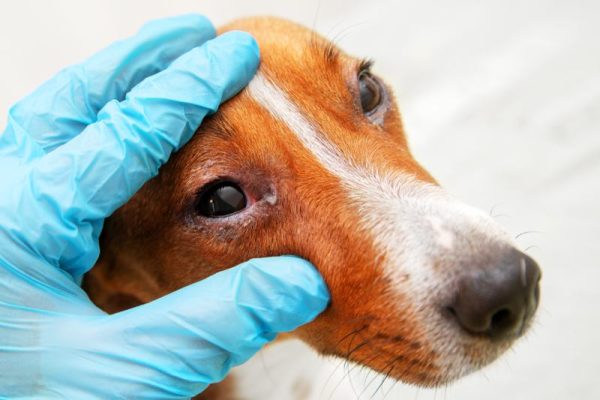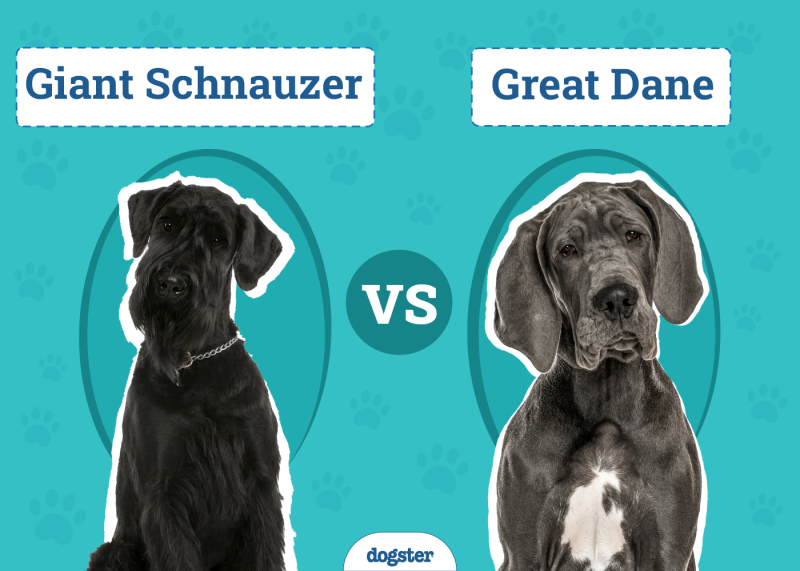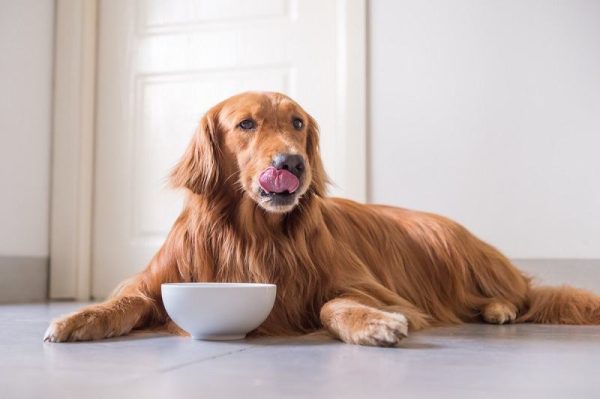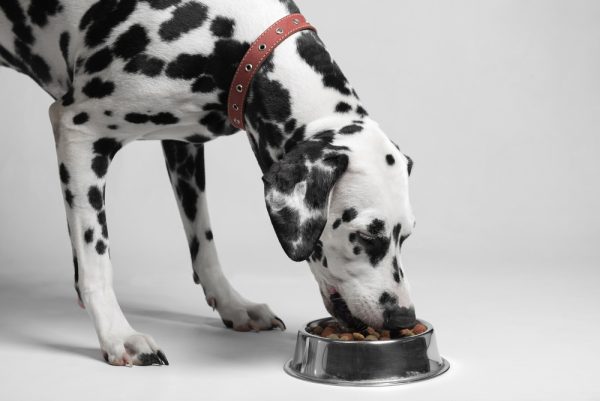In this article
Dogs’ mouths are surprisingly subject to a lot of speculation, misconceptions, and curiosity. Anyone who spends a lot of time with dogs will find themselves asking questions about their dog’s mouth at least once. Questions like whether dogs have lips, if dogs smile, and whether dogs’ mouths are cleaner than human mouths are common, and for good reason. Their answers are not readily apparent, and a dog’s mouth is one of the most important parts of their face and behavior. Dog lips are certainly different from human lips, but they do exist.
Here are six fascinating questions about dog mouths answered, including whether dogs have lips.

The 6 Dog Mouth Anatomy Facts
1. Do Dogs Have Lips?
You will be forgiven if you think that dogs don’t really have lips. At first glance, it’s not obvious. But yes, dogs do have lips—they just look different from human lips. A common feature of dog and human lips is that they form a single continuous circle around the outside of the mouth. Apart from that, however, the lips of dogs are very different from the lips of humans.
A dog’s upper lips are typically called flews, and their size and appearance can vary significantly between breeds. Compare the flews of a Bloodhound to those of a Jack Russell for example; they are totally different. The lower lip of a dog is simply known as the lower lip, and it is usually obscured to a lesser or greater extent by the flews.
Dogs’ jaws are obviously different from human jaws, so their lips are also different. Cheek capacity is also an obvious difference between the two species; humans have large cheek pockets whereas dogs have very little cheek capacity.
So yes, dogs do have lips, but they are not the same as human lips. They don’t look the same, they don’t function the same, and the differences are due to the anatomy of the dogs’ jaws and mouths.
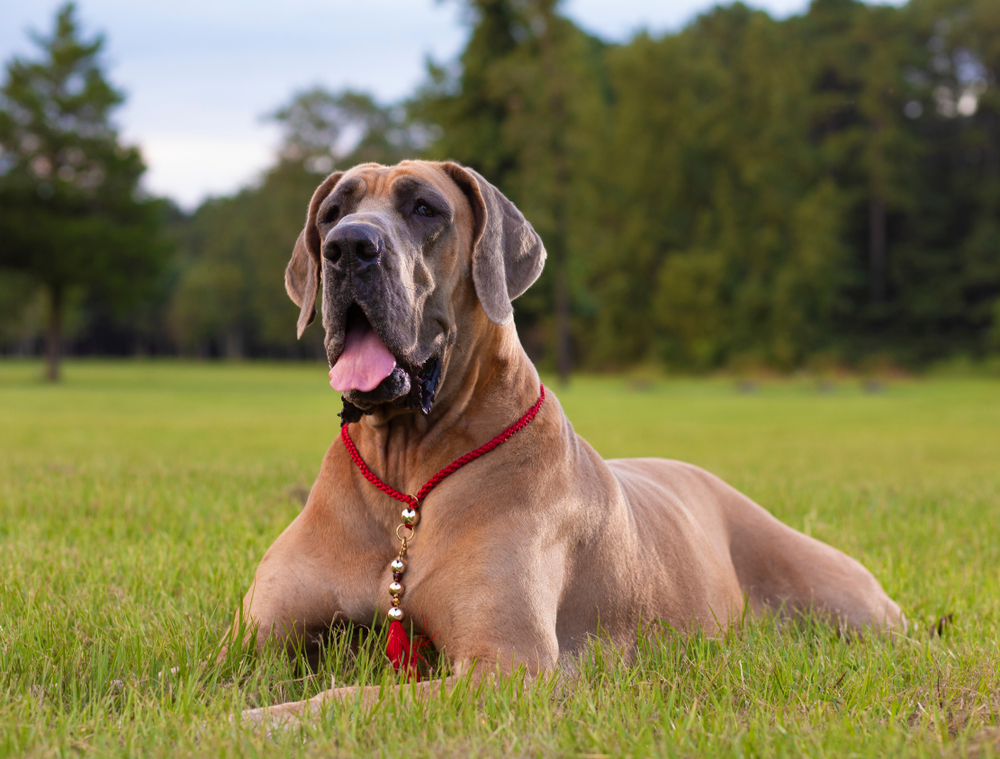
2. Are Dog Mouths Cleaner Than Human Mouths?
No. Dog mouths are not cleaner than human mouths. In fact, dog and human mouths are very similar in the number of microbial species they contain, but they tend to contain different species to each other.
According to the data, a dog’s mouth contains 600 different types of bacteria and microorganisms, while a human mouth contains roughly 615 1. That makes each mouth on par with the other, just different in the species that are present.
Some people claim that dog bites are dangerous because of the potential for infection due to these microbes. That is true, but did you know that a human bite is just as likely to get infected as a dog bite, and more so if it is on the hand? The difference is that people are not in the habit of biting one another, and they don’t tend to bite their dogs 2. Dog bites are dangerous and are at a high risk of infection, but the same can be said of human bites. Human bites are just far less common.
3. How Many Teeth Do Dogs Have?
Adult dogs have 42 individual teeth, which is ten more than that of the average adult human. . Dogs even have puppy teeth, or baby teeth, like humans. Puppies will possess 28 baby teeth which will be replaced by a full mouth of adult teeth as they age. For comparison, human children only possess 20 baby teeth before they get their set of adult teeth. This means that dogs have a third more teeth than humans, which helps them eat, chew, and break down their food. However, all of these teeth also need special consideration to keep the mouth clean and healthy.

4. Do Dogs Need Dental Work?
Yes. Dogs regularly do require dental work. It is recommended that your dog gets an annual dental check at your local veterinarian, who may recommend dental cleaning under anesthetic. Dental cleanings will remove the plaque build up from your dog’s teeth which removes the substrate that the gingivitis-causing bacteria cling to. They also help to spot, identify, and treat decay and wear and tear. Many dogs need tooth extractions as they age. Dogs that chew on a lot of hard toys, like bones, can wear their teeth down, leading to cracks and fractures that can get infected.
In the world of disease, prevention (if possible!) is better than cure. It is highly recommended by veterinarians that in order to prevent tooth decay and loss, you brush your dog’s teeth 2-3 times a week. If you do not manage your dog’s dental hygiene, you could be putting them at risk of abscesses, infections, and premature tooth loss.
If you’re unsure of how to care for your dog’s teeth at home, don’t hesitate to get in touch with your vet for professional advice.
If you need to speak with a vet but can't get to one, head over to PangoVet. It's our online service where you can talk to a vet online and get the advice you need for your dog — all at an affordable price!

Dogs are anesthetized to get a dental cleaning, and then professionals clean each tooth while the doctor examines the mouth for signs of damage or infection. If you have not ever taken your dog in for a dental, you should call and get one scheduled. Neglecting your dog’s dental health is similar to neglecting your own dental health. It can come with a wide range of long-term health issues and consequences.
5. Can You Tell How Old a Dog Is by Looking at Their Mouth?
Sometimes. There are some people who claim you can estimate a dog’s exact age by taking a quick peek in the mouth. But the way you try to gauge a dog’s age through their mouth is by looking at their teeth.
You can tell if a dog is a puppy or an adult by looking at their teeth. Seeing puppy teeth in a dog’s mouth will give you a pretty good estimate of their exact age. When a dog is a young adult (1–3 years old), you can also get a good idea of the dog’s age by seeing their teeth. Young dog teeth are usually white and clean and show no signs of wear. However, after a dog passes two or three years of age, it becomes much more difficult to gauge their age by looking at their teeth.
Some dog breeds are genetically predisposed to bad teeth. Many small breed dogs have terrible teeth that wear down much faster than other breeds. This means that the mouth of a 7-year-old Chihuahua might resemble that of an 11-year-old Retriever. Once dogs’ teeth begin to show signs of plaque, discoloration, and wear, it becomes extremely difficult to ascertain the age of the dog just by looking at their mouth.
So, you can usually get a good idea of a dog’s age through their teeth when the dog is 3 years old or younger, but once they become adults, it becomes much more difficult to pin down an exact age by looking at teeth alone.

6. Do Dogs Smile?
One glance at certain corners of social media will expose you to dozens of pictures of dogs that are allegedly smiling. These dogs look dopey and happy and are showing their teeth in what looks like a smile. But do dogs actually smile? Not really. Dogs do not smile in the same way people do.
What people interpret as a smile in dogs is usually a byproduct of a dog feeling relaxed and at ease. When a dog is at ease, they will relax their muscles, and sometimes they will do the “happy pant,” which can result in something akin to a smile. However, it isn’t thought that dogs smile intentionally as an outward sign of contentment or as a greeting. It is most likely that dog’s mimic human behavior and get positive feedback from their owners. They therefore do it again and again.
Dogs mostly communicate through body language rather than facial expressions but their mouths can tell you a fair amount about how they are feeling. Your dog’s posture and tail position are excellent indicators of your dog’s actual mood, and their mouths can add to the information gathered. A dog that is licking its lips may be anxious, whereas a dog baring its teeth is likely to be feeling threatened. Smiles in dogs are thought to be unintentional and are compared to human smiles erroneously in most cases.

Conclusion
These were six commonly asked questions about dog mouths, answered. A dog’s mouth is an important part of their being, and its health is important to the dog’s overall health. Dogs require regular tooth brushing to maintain their dental hygiene and health of their teeth. It’s recommended that your dog has an annual health check with the vet, which will include a dental examination. Dogs also have lips, but they don’t look or function in the same way that human lips do. Now, the next time you see your dog panting or “smiling” at you, you will know a little bit more about what is going on in your dog’s mouth. Knowing these facts can help ensure that you give your dog the care they need to live a long and healthy life.
- Related Read: Do Dogs Get Chapped Lips? Vet-Verified Health Facts
Featured Image Credit: Wirestock Creators, Shutterstock
